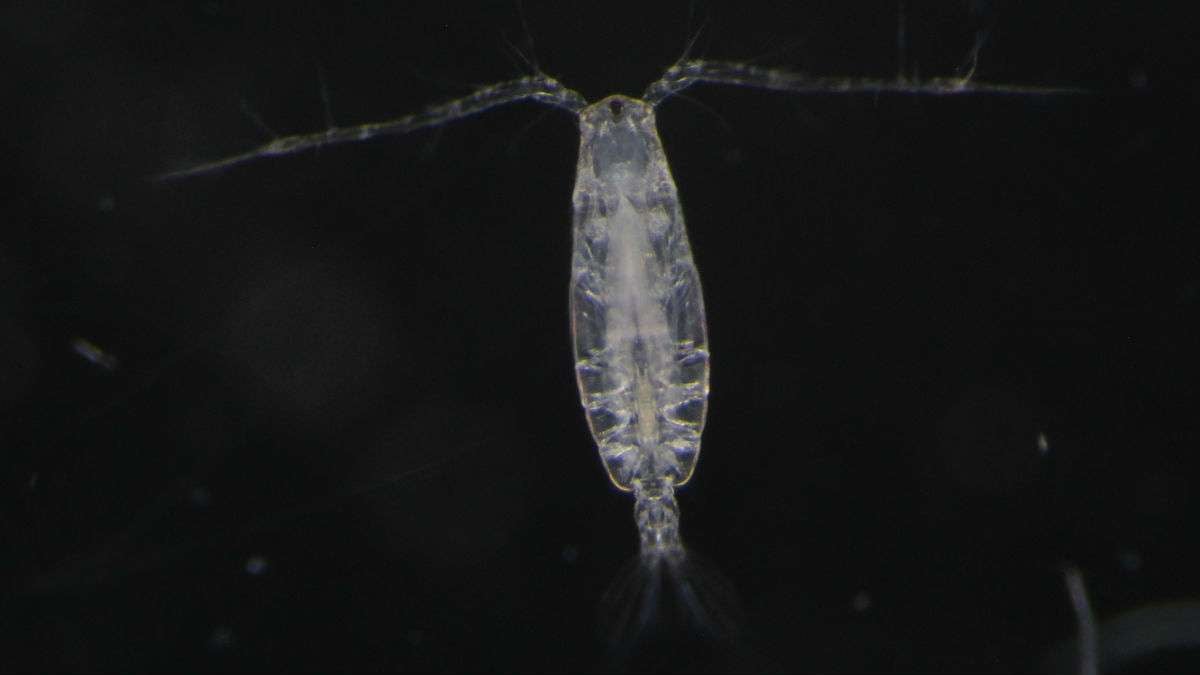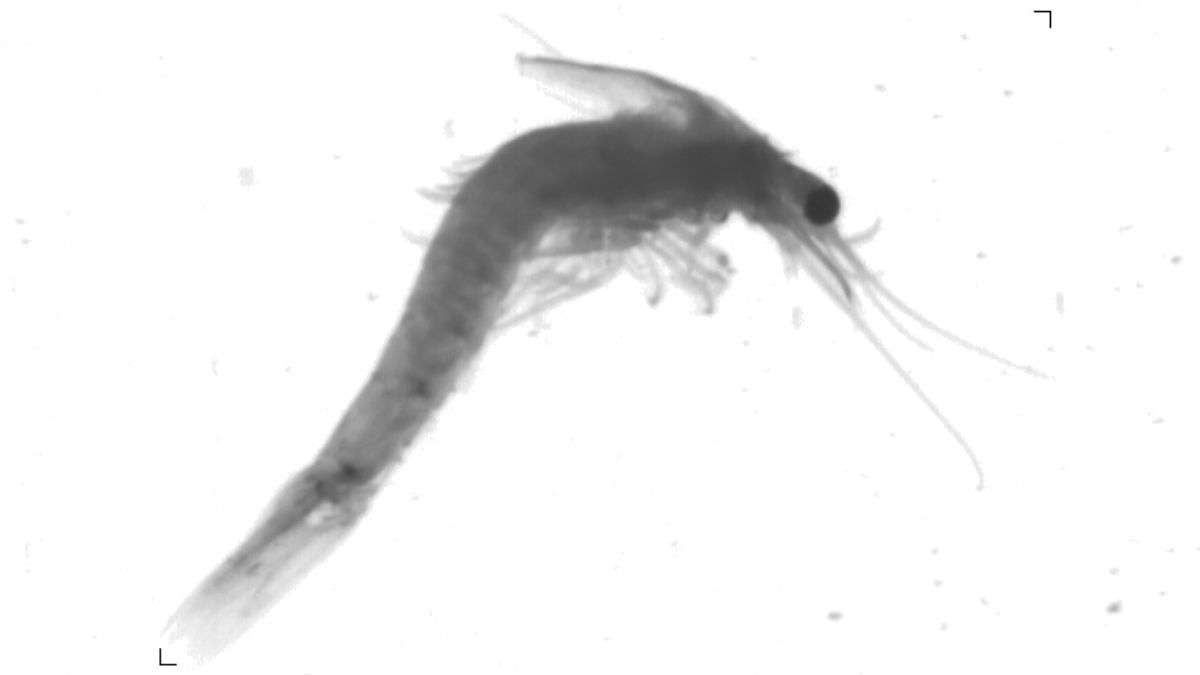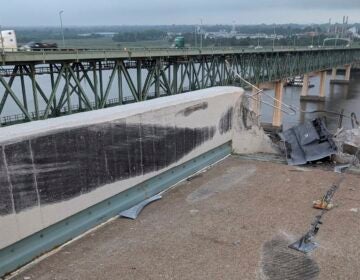Taking census of the Delaware Bay’s smallest residents
ListenUniversity of Delaware researchers are examining the health of zooplankton in the bay, part of a study that hasn’t been done in nearly 60 years.
Whether it’s boating off the coast of Lewes in Delaware or fishing at Fortescue in New Jersey, The Delaware Bay offers a chance to unwind, relax and enjoy the beauty of its shores. But how healthy is the water?
While the Delaware Bay may be healthier now than it was decades ago, the quality of the water could be improved. “There’s a lot of work to be done still to restore the vitality of this bay,” said Tim Dillingham. He’s the executive director of the American Littoral Society, a national group based in New Jersey that focuses on protecting coastal areas like the Delaware Bay. “Our futures and our community and our lives here are tied to the quality of the bay.”
Based on his research, Dillingham says the bay has earned a “D” grade at best.
Back on the Delaware side, researchers at the University of Delaware’s Lewes campus are monitoring the health of the bay via some of its smallest inhabitants. Professor Jonathan Cohen is leading a team of researchers taking a census of zooplankton – some of the tiniest residents of the bay, which make up the lower rungs of the food chain.
“We study these organisms, these zooplankton that are the larval stages of crabs and oysters and shrimp, and there are also organisms that are just in the water column, things like copepods,” Cohen said. Copepods resemble the villain Plankton from SpongeBob cartoons. Unlike their cartoon namesake, copepods aren’t evil, but provide an important food source for larger creatures in the bay’s ecosystem.
Four times a year, using fine mesh nets, Cohen’s researchers gather samples from 16 locations around the bay. The samples are collected from just north of the Delaware Memorial Bridge to about 8 to 10 kilometers outside the mouth of the bay into the Atlantic Ocean.
Once collected, they use a specialized water scanner- surprisingly similar to an office scanner- to identify what’s in the sample. “We use computer software to determine the identity of the individual species and their sizes within the large sample, so we get very quickly a big fingerprint of that sample,” Cohen said.
The computer program takes individual pictures of the microscopic zooplankton, cross-references those images with a database of known bay dwellers, and sorts them by species. It all happens with remarkable speed, especially considering all the sorting used to be done by hand and all the identification was done by eye.
“Working with zooplankton is tricky. It has been very labor intensive in the past, it still is to a large extent, but at the same time we’re working on tools that are rapidly advancing the speed at which you can process samples.”
The University of Delaware’s Joanne Daiber first did this study in the 1950’s. She’s also credited with helping to establish the study of marine science at UD and the creation of the Lewes campus near the mouth of the Delaware Bay. The vessel used in today’s study is named in Daiber’s honor.
In comparing his work to hers, Cohen’s been surprised by the resiliency of zooplankton over the past six decades. “I think one of the biggest surprises is just how similar the bay is from station to station compared to what was present in the past. There were some differences of course, but I was struck by how similar the species assemblages were, the abundances were, and how things map out to historic species locations.”
Mapping zooplankton populations now could also help scientists understand how these creatures will be affected by climate change with warmer- and wetter- conditions.
“In warmer conditions, [zooplankton] grow to a smaller maximum size, their bodies just work more quickly under warmer temperatures and they become adults and mature at a smaller size,” Cohen said. If they become adults at a smaller size, which means less energy is passed to whatever creature is feeding off the zooplankton.
The research is also looking at how increased precipitation due to climate change could affect salinity in the bay. More rain would mean more fresh water getting into the bay, which could limit the northern reach of some of these zooplankton species.
And while Cohen agrees with Dillingham that the bay has been damaged by pollution, he says it’s on the rebound. “In some ways, it depends on where you look, but I think in general, if you look sort of a little more deeper in time from the 1950’s through now, there’s certainly aspects of the bay that are very very healthy. There’s a lot less nutrient input from sewage, for example, which creates a healthier bay, so in that sense, I think the bay is doing better,” Cohen said. “Certainly still concerns, but I think if you look from the past, it’s going in a good direction.”
He’s hoping to get funding for another two years of research which would provide a fuller picture of zooplankton in the bay.
WHYY is your source for fact-based, in-depth journalism and information. As a nonprofit organization, we rely on financial support from readers like you. Please give today.









